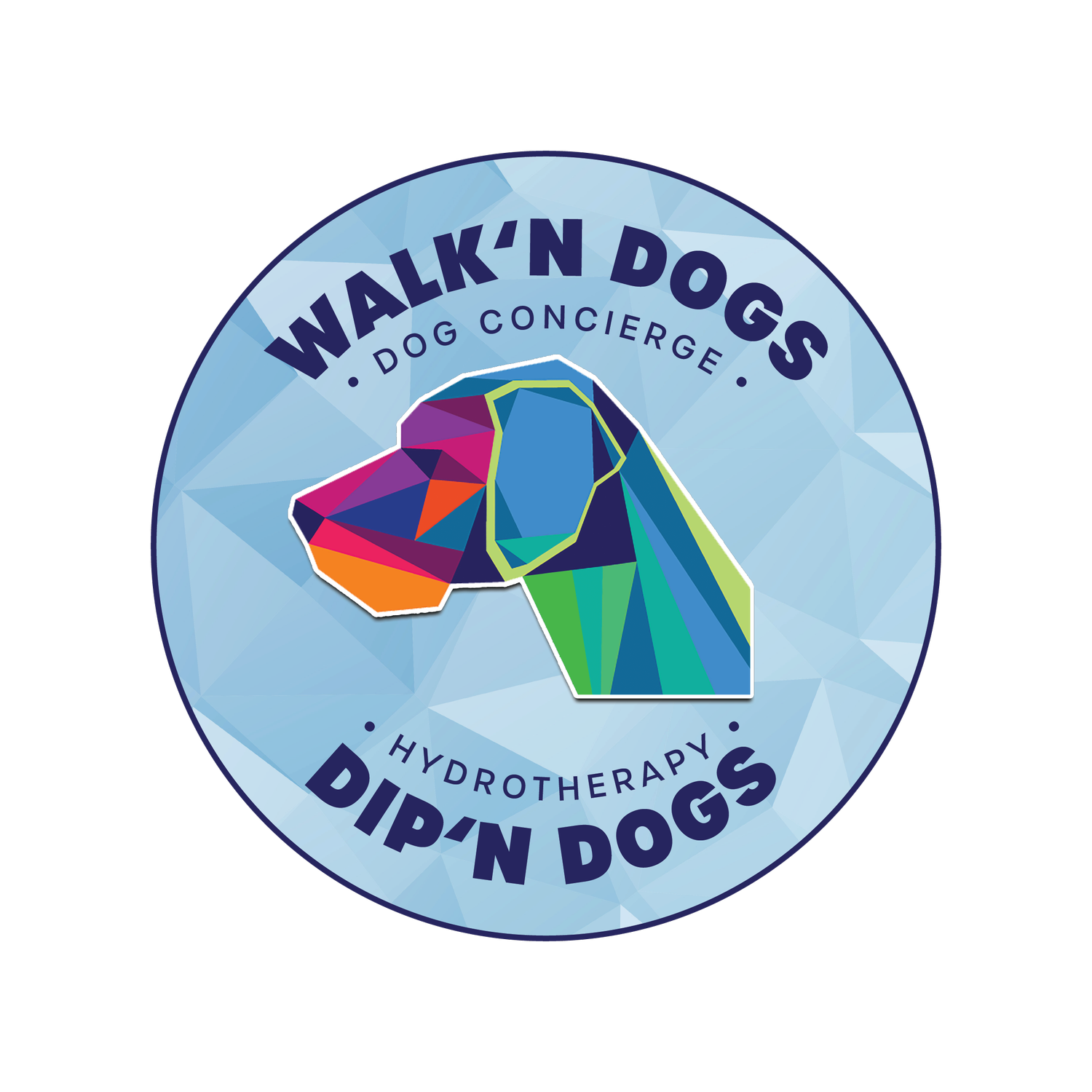Pre & Post-Op Hydrotherapy
Post-Op Therapy
Post-operative patients are the most obvious rehabilitation candidates. However, in our professional opinion, pre-op patients are considered to be just as important. Just like with humans, dogs need more than just rest to fully recover from orthopedic procedures/surgeries. Surgeons have actually discovered that four to six weeks of strict cage rest after surgery does not result in healthier/healed dogs, or happy dog owners. Rehabilitation helps ease a dog back into normal activities by safely strengthening the muscles around the weakened bones or joints. Rehabilitation therapy in veterinary medicine is similar to physical therapy in human medicine, but has some obvious differences due the variations in the animal’s anatomy and the extreme forces that can be placed on their joints, bones, tendons and muscles. Canine physical rehabilitation is used to improve the performance and quality of movement for our pets as well as speed healing and provide positive psychological effects. Pre-op hydrotherapy can be used to help strengthen the muscles prior to surgery, so the rest and recovery process can go MUCH smoother. It will also help your dog retain a good amount of their muscle mass, since atrophy is inevitable following surgery. Following certain surgeries pets may lose up to one third of their muscle mass in a matter of weeks and it may take that same pet more than a year to regain the lost muscle mass. Rehabilitation makes it easier and less stressful for patients to return to functional activities in their day to day life.
The Benefits of Pre & Post-Op Hydrotherapy
Exercise intolerance
Speeds up recovery & healing
Keeps muscle mass strong before surgery
Reduction in pain perception
Increased circulation
Increase lymph drainage, rid the body of toxins and improve the immune system
Encourages better digestion and better sleep
Reducing inflammation and pain after surgery
Promoting early weight bearing
Strengthening supporting tissues
Decreasing compensatory muscle, myofascial, and back pain
Providing mental stimulation for pets who have had restricted activity
Improving coordination and balance
Reversing muscle atrophy
Promoting weight loss (if needed)
Safely promoting faster return to function
Complete System Benefits of Hydrotherapy
Muscular.When moving around in water, a dog’s body starts to relax therefore easing pain, stiffness, inflammation and spasms.
Circulatory. The warmth of the water associated with hydrotherapy raises a dog’s body temperature allowing blood vessels to dilate. When these vessels enlarge, a dog’s circulation increases, creating detoxification and oxygen to move along their cells carrying away waste and toxins. The weightlessness of the water also counters the effects of gravity which increases blood volume to the extremities.
Lymphatic. Soft tissue is compressed which increases lymph movement, drainage and decreases inflammation to improve the immune system.
Respiratory. Water expands the depth of respiration by putting pressure on the lungs, providing necessary oxygen to the body and getting rid of carbon dioxide.
Nervous. Water decreases stress and soothes the nervous system by stimulating sensation channels.
Integumentary. This system is composed of an animals skin and coat which is the largest part of the body. Water enlarges circulation which assists a dog’s skin and coat condition by also stimulating touch receptors.
Digestive/Urinary/Reproductive. Water increases blood flow through the kidney’s getting rid of toxins and removing waste. It also regulates electrolytes in the body providing nutrients to a dog’s cells and enhancing hormones needed throughout their bodies.
Skeletal. The skeletal system supports the body and protects all internal organs. Water decreases inflammation, increases circulation and enhances a dog’s range of motion by stretching and movement.
While canine hydrotherapy has SO many benefits for majority of dogs, it is important to remember that aquatic exercise is not suitable for every dog. If your dog has been diagnosed with heart disease or any condition that affects their cardiac or respiratory system, they probably aren’t a good candidate for hydrotherapy. Your vet can answer any questions you have about your dog’s participation in swimming exercise and you should ALWAYS have your vet’s clearance before signing your dog up for this therapy.

